1971-1974 Holden Statesman: Aussie original
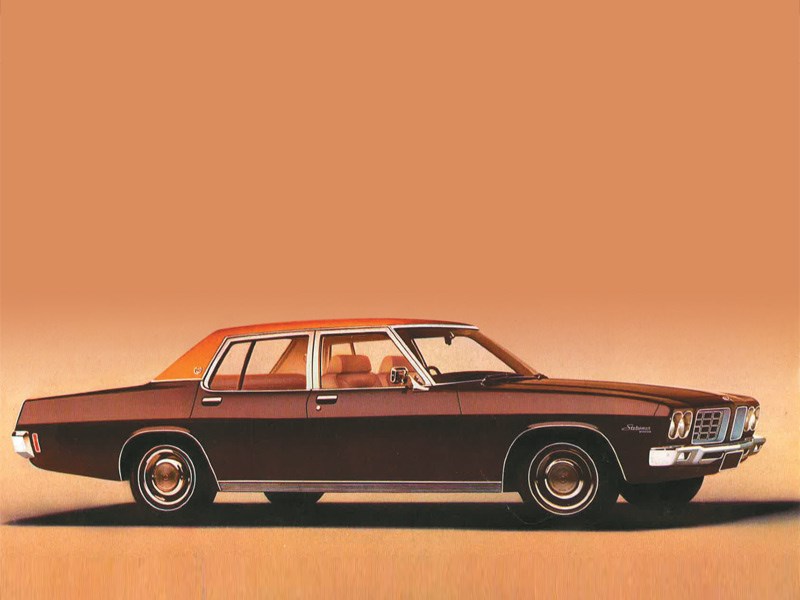 1971-1974 Holden Statesman
1971-1974 Holden Statesman

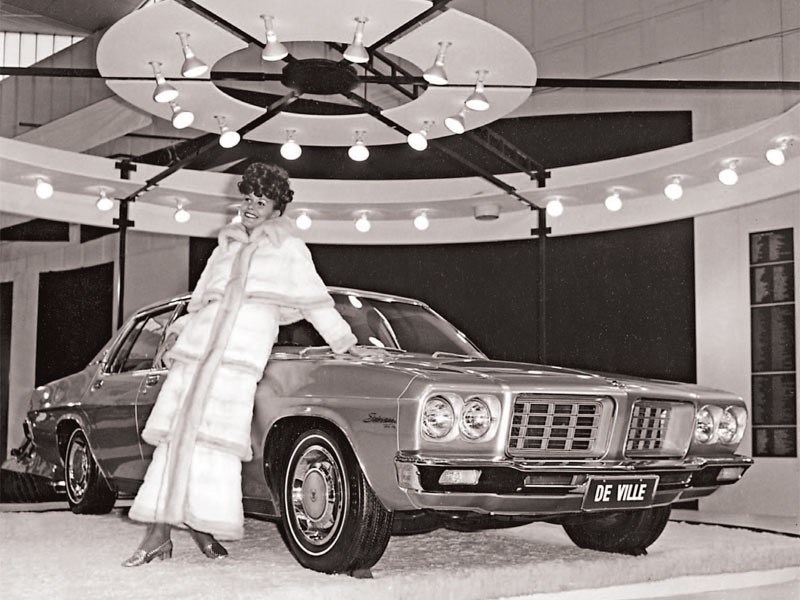 1971-1974 Holden Statesman
1971-1974 Holden Statesman

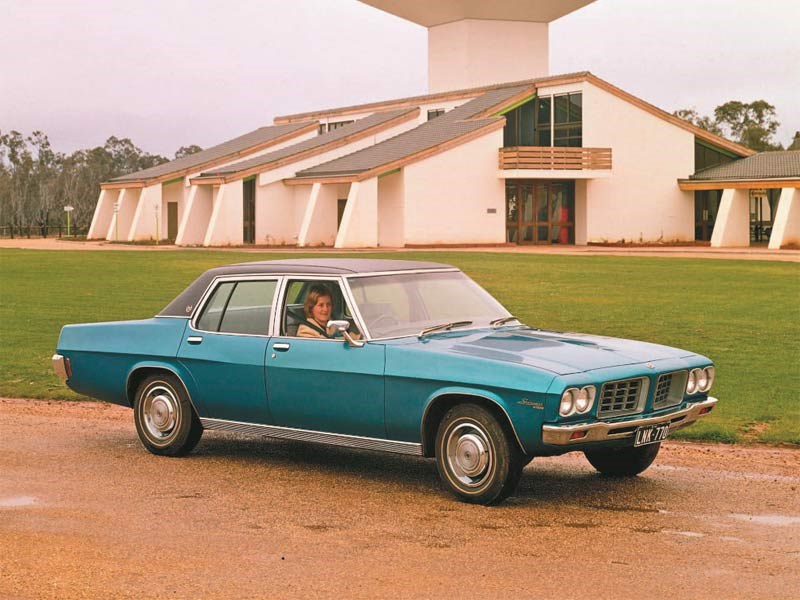 1971-1974 Holden Statesman
1971-1974 Holden Statesman

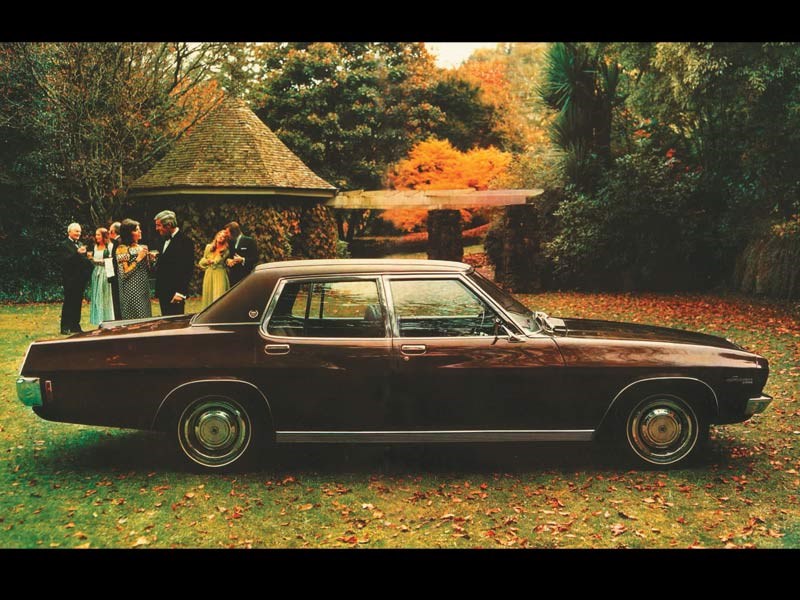 1971-1974 Holden Statesman
1971-1974 Holden Statesman

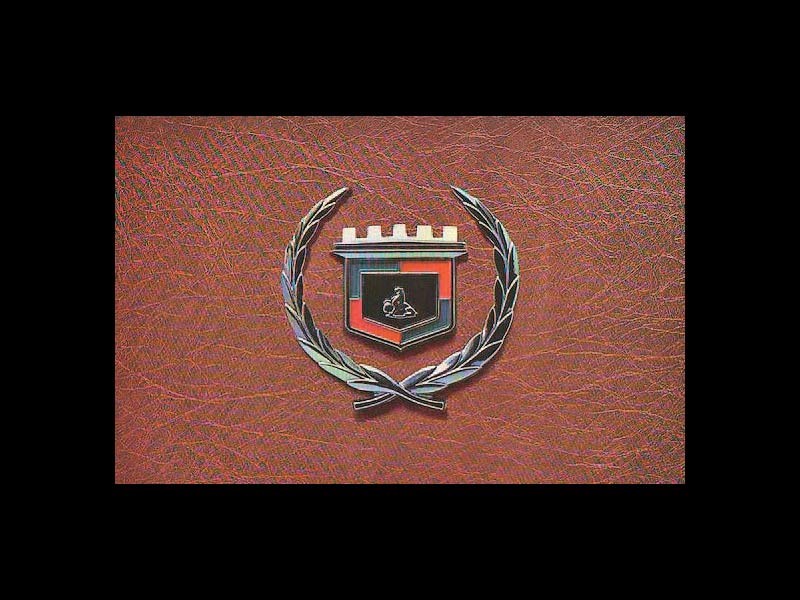 1971-1974 Holden Statesman
1971-1974 Holden Statesman

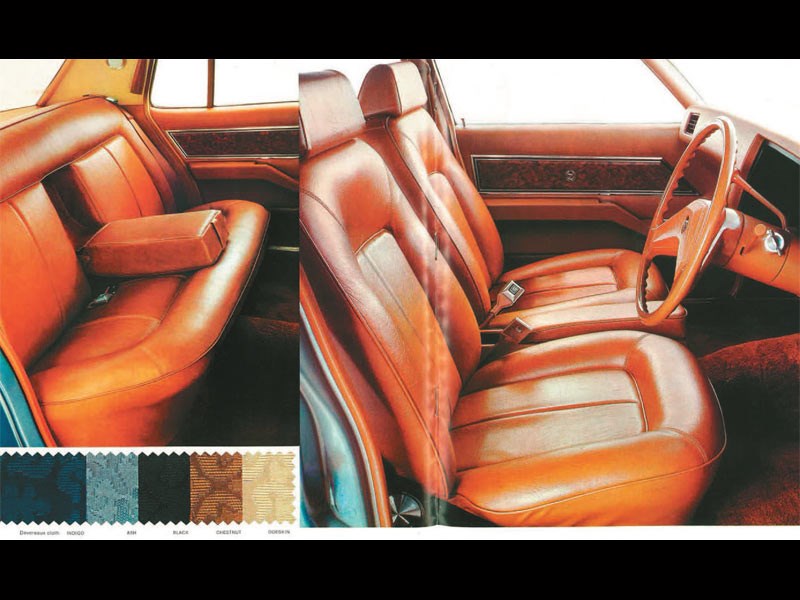 1971-1974 Holden Statesman
1971-1974 Holden Statesman

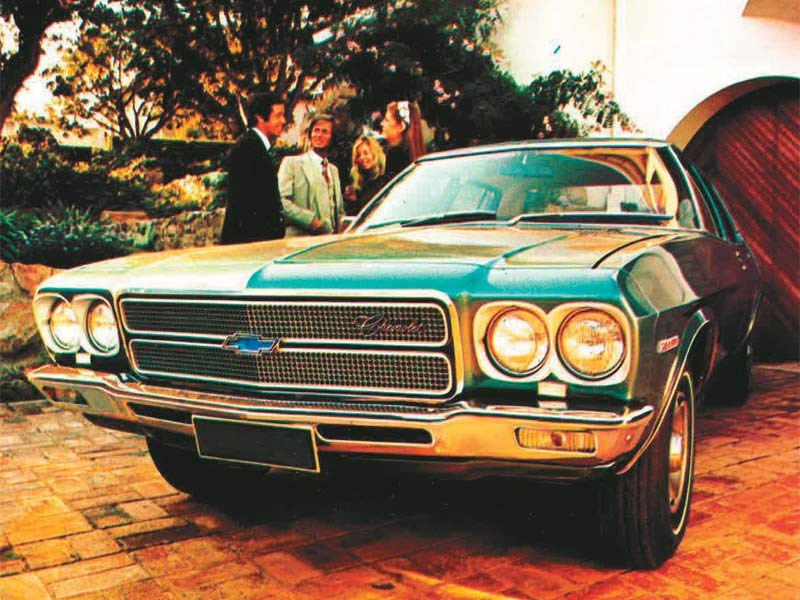


|
|
1971-1974 Holden Statesman
|

|
|
1971-1974 Holden Statesman
|

|
|
1971-1974 Holden Statesman
|

|
|
1971-1974 Holden Statesman
|

|
|
1971-1974 Holden Statesman
|

|
|
1971-1974 Holden Statesman
|

|
For someone who had made the big time, Holden's prestige Statesman had purposeful hints of Cadillac...

|
|
Aussie original: 1971-1974 Holden Statesman
|
1971-1974 Holden Statesman
Australia's Better Yank Tank
If you had been in the US and returned to Australia after 1971, you could easily conclude that Holden had abandoned the prestige car segment after the Brougham had flopped. It looked like the Americans had stepped in and mated the latest Oldsmobile front to a Cadillac rear as a replacement for the final 1968 Chevrolet-Pontiac Yank Tanks assembled here.
There was not a single Holden badge in sight. No less than eleven Cadillac-style garlands were spread around this strange new model. Even if they did surround a Holden lion, it was a token connection.
If you had come home via South Africa, you would have seen the same car badged as a Chevrolet with the latest Malibu-style grille.
Confusing the matter even further was the option of Chevrolet’s icon 350/5.7-litre engine and Turbo-Hydramatic transmission, a combination normally reserved for Holden’s sportiest models. The biggest engine offered on the last of the full-sized American cars assembled here was the 327/5.4-litre V8.
This relatively large new GM car seemed different from anything else that Holden had on offer.
Some months after the HQ Holden launch, the new model was introduced to Australians in July 1971 as the Statesman and de Ville, both names familiar to Cadillac owners. Even in the brochures, the only branding was GM.
Australians not exposed to the latest Oldsmobiles and Cadillacs in the US accepted it without question as Holden’s new Fairlane rival based on the HQ Holden. It was also Holden’s first model with a wheelbase longer than the rest of the Holden range. Yet compared to other local long wheelbase prestige models, it had a lot less in common with the mainstream Holden range.
The Statesman nose, roofline, rear quarters, rear doors, tail lights and rear pillars were all distinctive even if several details were shared with the wagon.
When the VE Commodore and WM Statesman arrived in August 2006, the big question was whether the Commodore was a cheaper and smaller version of the billion dollar Statesman. Or was the WM Statesman a stretched version of the billion dollar VE Commodore? The same question applied to the HQ Kingswood and Statesman.
The bottom line was that the HQ Statesman was complete and productionready as the next Brougham as early as 1968, a year or two before the rest of the Holden HQ range reached this stage.
Those familiar with other GM cars from this era as well as the HQ Holden have an explanation for this. They suggest that the HQ was a rejected US model program for 1970, delayed so it could be reworked for the smaller Kingswood models.
As evidence, there is the HQ’s different parts identification system. Structural parts are so close that even key bolt holes are shared with certain US Chevrolet models.
For Holden diehards, this can be quite challenging. Until the VE Commodore, the HQ series was touted as the most comprehensive all-Australian development program for any local company.
Internal HQ proposals released over the yeras confirm that the entire HQ range featured the painted centre-pillar grille design of the Statesman. The resemblance to US 1970 Pontiacs and Oldmobiles was strong enough to suggest that it might have been a US model diverted to Australia.
As further evidence, the HG Holden facelift was rushed out in 1970 with a new centre-pillar grille design to prepare Australians for what was coming on the new HQ. Then the HQ standard wheelbase range arrived without any carryover styling cues from a previous model, the first time in Holden history this had happened.
There is another explanation. The HQ outline was sketched out by visiting US designer, John Schinella, who also did the first Monaro. His vision for Holden was somewhere in between Pontiac and Oldsmobile as he had connections with both.
His boss was Joe Schemansky, Holden’s first design chief and former Cadillac man. Schemansky’s first local project was to make the HR more palatable over the unpopular HD. His Cadillac-inspired vertical tail lights played an important role. Schemansky’s next opportunity to build more Cadillac into a Holden was the HQ. The HQ Statesman’s muted fins and tail lights were pure Schemansky.
Holden, before any other local manufacturer, sniffed a change in local wind direction, ever so slightly away from the US and towards Europe. The smarts in the company anticipated this would be a full blown trend by 1971. John Schinella had already been moved to head of Opel design.
Leo Pruneau was brought in for a flying visit in mid-1968 after time at Vauxhall and Opel, to give the rest of the HQ range replacement faces. His new look not only reflected Opel’s latest direction, it was compatible with the existing HQ profile as Schinella had defined both. Opel also had a strong presence in South Africa, another plus for an HQ’s Opel link.
Parallel to this, it was decided that the new range should have more in common with US models under the skin to allow more parts and options to be shared. The completed HQ Brougham, not yet called a Statesman, was left alone for its very different role in the US-heritage local large car market.
Remaining HQ models were so different that Australians initially didn’t get it. Sales stalled badly and conservative Holden management panicked. The same group also hated the Statesman’s distinctive divided front. The HQ sales hiccup was a good excuse to return to Holden’s old square-rigged look on all models.
As it turned out, the HQ at each level was six months ahead of the trend just like the XR Falcon. The HQ Holden and its many derivatives suddenly took off and broke all Holden sales records over a model life that rivalled the FJ. In 1974 a front shaped in panic was applied across the range and took Holden back to 1970.
That left the HQ Statesman as the only one of its kind to reach the market exactly as first defined in 1968. It may have paid homage to Pontiac, Oldsmobile and Cadillac traditions but it was bang up to date and all-Australian.
THE CADILLAC BRANDING
Cadillac was never going to allow its top shelf branding and garland graphics appear on a Holden.
Former Cadillac chief, Jim Roache, also former colleague and good mate of Joe Schemansky, was visiting Australia as head of GM at the critical moment. As Roache climbed into his plane at Essendon Airport, Schemansky asked if he could use the Cadillac connection for his new long wheelbase model. Roache’s immediate yes accounted for the ongoing Cadillac influence in the Statesman range ever since.
THE STATESMAN 350
Of the 18,092 HQ Statesman tally, barely 2700 were ordered with the 350. Those that weren’t driven into the ground by their mainly rural owners were plundered for their front clips and drivetrains during the panel van craze. At last count, there were barely two dozen original examples left.
The Statesman’s 350 option was RPO L30, available only with the Turbo-Hydramatic 400 (RPO M41) and single exhaust. Despite shared outputs, it wasnot the HT/HG Monaro GTS 350 auto engine. An export engine for the Australian market, it came from McKinnon Industries in Canada with a 7041284 carburettor, the ‘8’ specific to Holden, Australia.
Its claimed 275bhp/205kW applied from 1971 to 1974 despite a US figure of 250bhp/186kW in 1971. On the late 1973 arrival of a "new" 350 shaped by US emissions, output dropped to the 240bhp/179kW of Holden’s own 308/5.0-litre or less. Even before the HQ’s 1974 exit, its extra cost no longer made sense.
Search used:
>> Search Holden cars for sale
Unique Cars magazine Value Guides
Sell your car for free right here
Get your monthly fix of news, reviews and stories on the greatest cars and minds in the automotive world.
Subscribe

.jpg)













